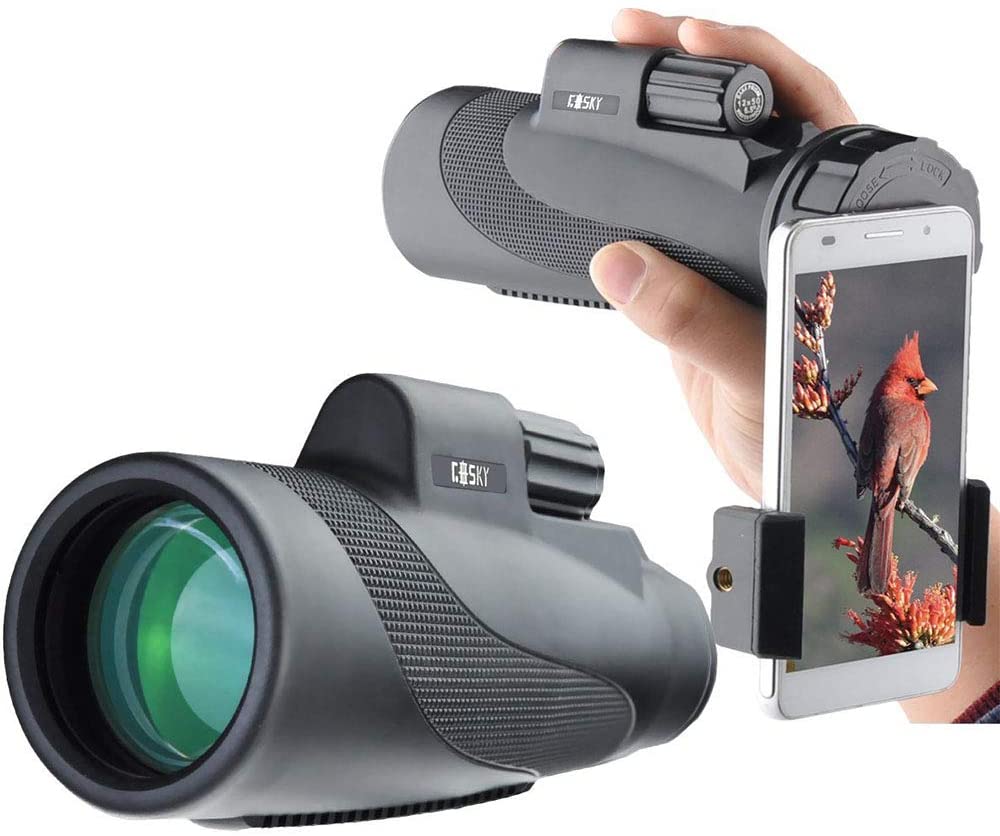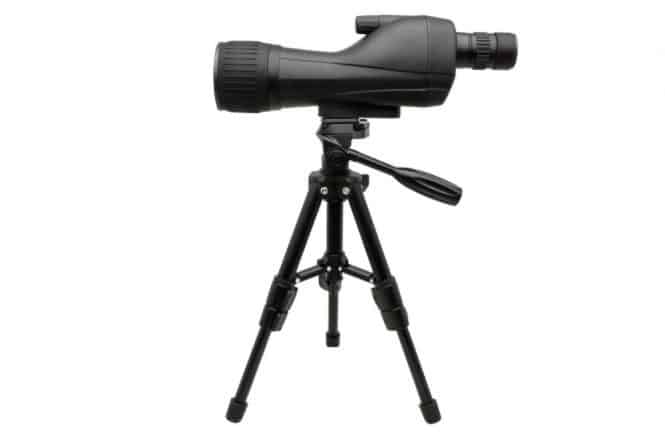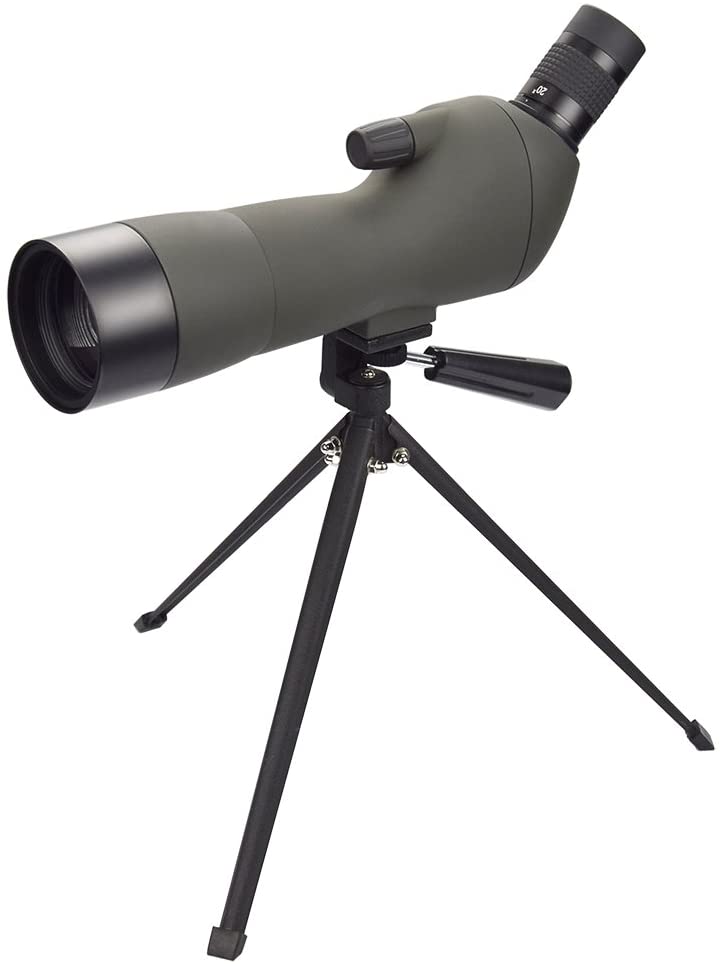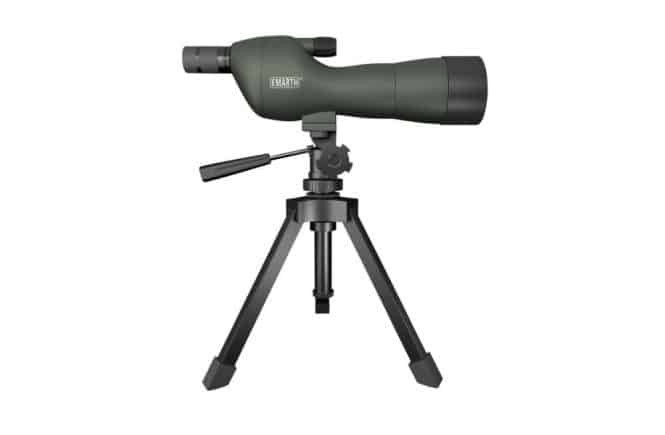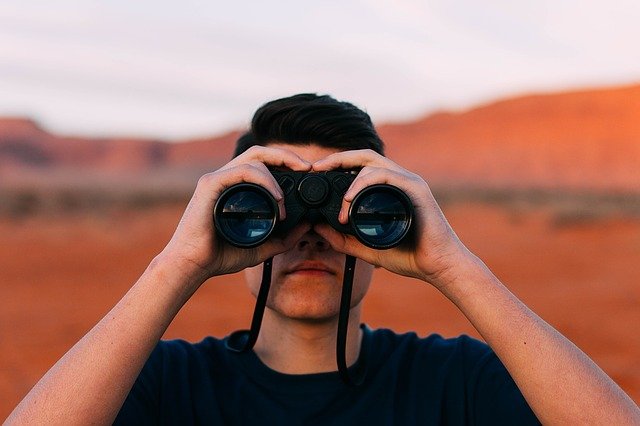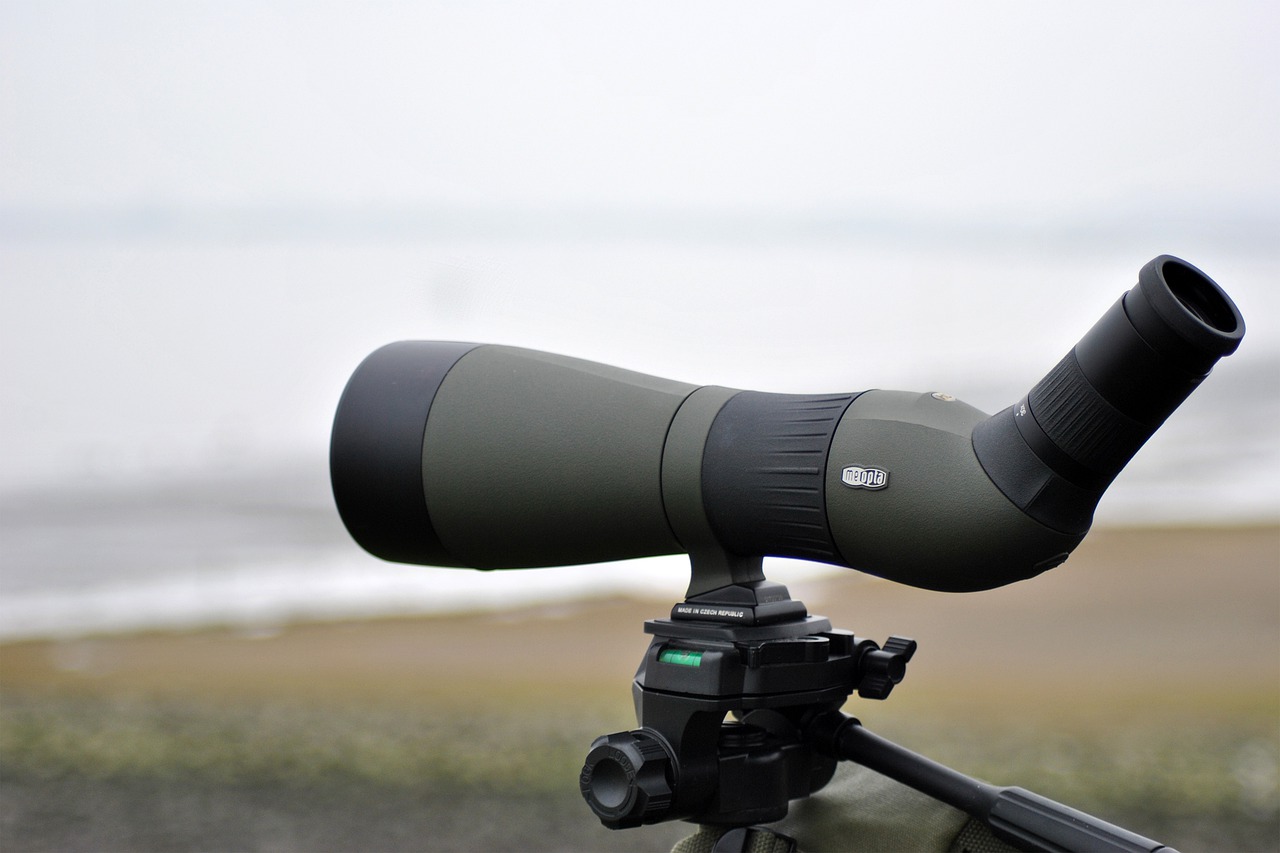
A&W Outlets
The Best Spotting Scope Reviews and Advice
Scopes for Beginners: What Are Spotting Scopes?

This site contains affiliate links to products. We may receive a commission for purchases made via these links.
Table of Contents
Introduction
A spotting scope is a modified telescope which is smaller and more appropriate for use during the day. There is a great difference between a telescope and a spotting scope. A spotting scope has an upright image and a telescope has a reversed image, or the subject will appear upside down.
A spotting scope is smaller because it is usually used outdoors and must be portable. This tool also has a lower magnification capability, which can’t be applied to telescopes because high magnifications during the day will not produce good results via telescope.
A spotting scope is placed on a tripod and is water-resistant. A telescope is not resistant to water at all.
A spotting scope provides more magnification than a set of binoculars. For far-reaching spaces as in what is involved in birdwatching and surveillance, the spotting scope will have to be more resilient during the day.
Spotting scopes are used in target shooting, hunting, and target practice. Some cameras can take pictures with a spotting scope.
What is magnification?
Most spotting scopes are labeled with numbers that refer to magnification. The first two numbers indicate the range of magnification while the last number indicates the size of the lens.
For example, a 15-45×60 mark on the scope means that the range of magnification is 15-45x and the lens has a diameter of 60mm.
The higher an object is magnified, the more visible the subject becomes in view. The high magnification can let the viewer see the wild more vividly and this will exceed the capability of a binocular.
To be able to determine which magnification level is right, the user must first determine the atmosphere that is involved. If the scope is going to be used in mainly hot, humid, windy, or glaring environments, then the magnification will vary and be temperamental.
There will be days when magnification will be good at 30x but on hot and windy days, 30x will produce bad images.
The atmosphere will also affect the visibility of details in far distances. For example, it will be physically impossible to see the details of a surfer’s face when the water is splashing and the wind is blowing hard.
Even at the highest magnification, the atmosphere will let things look visible or not.
The rule in choosing the magnification level is by determining the level of the altitude of the area. In high altitudes and dry climates, a higher magnification scope is required. In wet, humid, and low-altitude areas, a lower magnification level is required.
There are scopes that have more than 60x magnification but are useless during the day. Many think that a higher magnification means a better-performing scope when the most visible subjects are already seen at 60x.
What is an objective lens?
An objective lens is a part in the front of the scope. This is the lens that will determine the image quality of the scope. If the lens is bigger, then the details will be more precise to view.
This is also the reason why scopes with bigger lenses cost more. There are smaller lenses that have superior quality especially if the lens is made of quality, high-density glass.
There are bigger lenses with poor quality lenses and will not be a good choice. It is still recommended that customers opt for the quality of the lens rather than size.
A spotting scope that has special glass such as ED glass, APO glass, and Fluorite glass will perform better. Smaller scopes will also mean that the scope is more portable and easier to carry.
What are lens coatings?
The coating on the lens will make the lens look better and last longer. A thicker lens coating will also mean that the lens can tolerate higher magnification. The coating of the lens involves chemical formulations that vary and will not be the same for all scopes.
These features will eventually affect the price of the lens. The user should be aware of what features are needed or not, and that the price of the spotting scope will determine the capability of the scope. This is why beginners are advised to buy only what is really needed.
Image quality will largely be affected by the quality of the lens and prism, and not the fancy attachments to the scope.
Latest Reviews
Latest Articles
Follow Us
© 2021 AW OUTLETS
